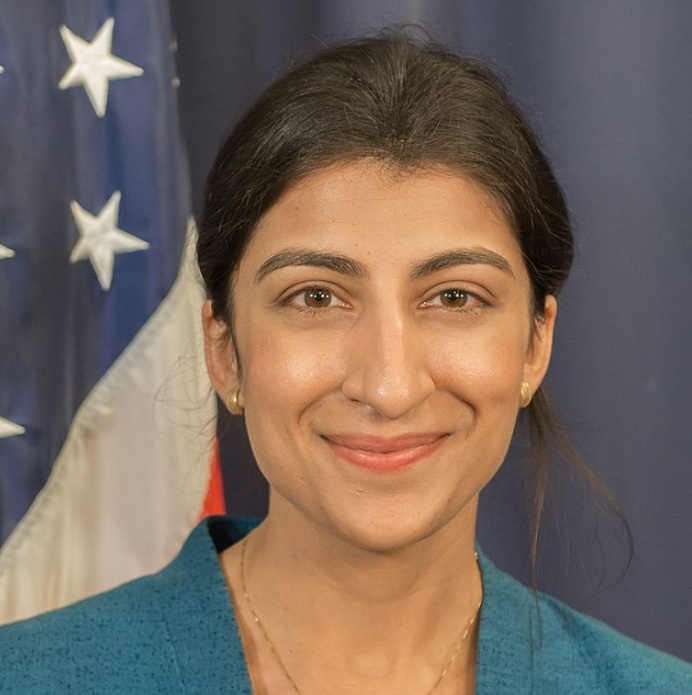Healthcare costs in the United States are crippling, and they have remained like that for a very long time. Although the US offers insurance through programs such as Medicare and the Affordable Care Act (ACA) to many qualifying people, it is the only developed country without universal health care, causing most people to rely on private health insurance, often provided by employers. Those who lose their jobs may also lose access to health insurance, and many employed Americans lack employer-sponsored insurance. Those who do not qualify for public insurance either are left completely uninsured.
According to the Commonwealth Fund, as of 2023, there were 25 million uninsured people or 7.6% of the population. Those uninsured may struggle to pay for insurance and often can’t afford important procedures and drugs. Consequences for these individuals include significant medical debt, being contacted by collection agencies, damaged credit scores, and even lawsuits. More extreme consequences involve delaying necessary medical treatment, which could worsen existing conditions.
In a report by the Peter G. Peterson Foundation, the US spent about $4.5 trillion on healthcare, or $13,493 per person, in 2022, taking up nearly 20% of the country’s Gross Domestic Product (GDP). $1.9 trillion, about 45% of total healthcare spending, was spent by the US government through public insurance programs. On top of that, the US spends about 2-3 times more money than other developed countries. The total comes out to be about 10% of its yearly spending. Moreover, branded drugs, which make up 80% of prescription drug expenditures in the US, are significantly more expensive than their generic counterparts.
This leads to the question of who takes the blame for these unaffordable costs. The answer? Pharmaceutical companies and the country’s patent system. The current patent system works on a first-come-first-served basis. Those who file their patents and get them approved first win the patent, and along with it, a 20-year monopoly on their product. Monopolies are a serious problem for the market and the economy. They prevent competition and lead to high prices. Although short-term monopolies aren’t too serious of a threat, they cause unchecked inflation for the time they exist, since companies have no incentive to lower their prices, and want to maximize their profits for as long as they can. In 2019, a study by the CDC found that 11.4 percent of adults (ages 18-64) attempted to lower how much they spent on prescribed drugs by taking less than their prescription advised.
After the patents end and other companies can make generics of the same drug, the name brands significantly lower their prices. Unfortunately, patents on drugs aren’t easily ended. Companies make multiple small changes to their products over time and patent each change. They also file as many patents as they possibly can on a single product in order to either extend their monopoly or make it easier to sue another innovating entity that accidentally infringes on one of their many patents. This concept is known as “evergreening,” and the average pharma company files over 140 patent applications per drug, according to an I-MAK report. This hurts the concept of an open market because other businesses are forced out of the market as one company holds a monopoly over it.
Long-term monopolies allow companies to charge as much as they want for as long as they want. Companies maximizing their profits hurts consumers who struggle to pay for important drugs that may not be covered by insurance. The US is also forced to pay trillions in healthcare for costs it could avoid if it kept pharmaceutical companies in check.
A main concern of relaxing patent protections is its impact on innovation: strong patent protections tend to drive research and development, which helps with the creation of many important products, including life-saving drugs. Although the US needs strong patents to boost American innovation, its protections don’t necessarily need to be the strongest in the world; a good balance between protecting innovation and protecting the consumers must be found in order to make healthcare accessible and affordable to all Americans.







